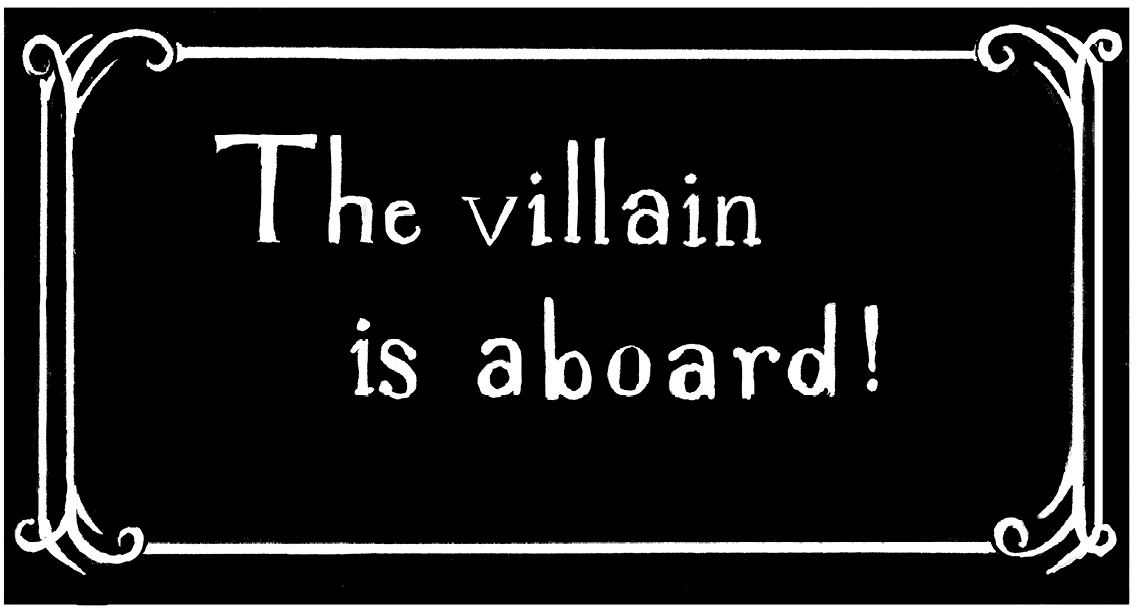Chapter 2
The Director’s Chair
Alfred’s father, William, worked long hours in the grocery store. He had difficulty breathing and later developed problems with his kidneys.

When Alfred was only fifteen, his father died. His brother, William Jr., no longer lived at home, and his sister was already married. Alfred left school and went to work to earn money for himself and his mother. Alfred also took photography and art classes at the University of London. He began reading film journals. These were not fan magazines that gushed over stars; they were technical journals that explained how movies were made. Hitch preferred American films to British ones. American movies used backlighting—placing some of the light source behind the actors—which made the actors appear to stand out from the background. In British films everything looked flat. It wasn’t so different from the lighting tricks he’d noticed on the stage as a young boy.

In 1920 the American film company Paramount announced that it was building a studio in London called Famous Players-Lasky. Alfred went to the office and showed them some of his drawings. He was given a job designing film title cards.
At this time there was no recorded sound—no audio track—for movies. All movies were silent. Any important information or dialogue was provided in words shown on the screen, called “titles.”

Alfred did so well drawing titles that he became head of the title department. From there he went to work in the editorial department, deciding what the titles should say. He studied American writers for tips on how to write scripts. When a director got sick, Hitch stepped in to help direct. He was learning all aspects of filmmaking.

Paramount’s Famous Players-Lasky stopped making movies in England in 1923. The studio was then rented to British-owned film companies. One was run by Michael Balcon, who gave Hitch—as Alfred was now known—a job as an assistant director. Balcon asked Hitch who he thought he should hire to write scripts. Hitch offered to do it himself. He also volunteered to be the art director.
The one job he didn’t take for himself was that of editor. For that he recommended a young woman he had worked with in the past: Alma Reville. The more Hitch worked with Alma, the more he liked her. They took a trip to Germany to scout locations for a new film. On the way home, Alma became seasick crossing the English Channel. Hitch chose this moment to propose to her. According to Hitch, Alma “groaned, nodded her head, and burped.” He said, “It was one of my greatest scenes—a little weak on dialogue, perhaps, but beautifully staged and not overplayed.”

By 1925 Hitch was writing scripts, creating sets, and assisting the director. The only job he had never done on his own was the most important one: director.

After years of learning nearly every job on a movie set, Alfred Hitchcock was finally ready to sit in the director’s chair.